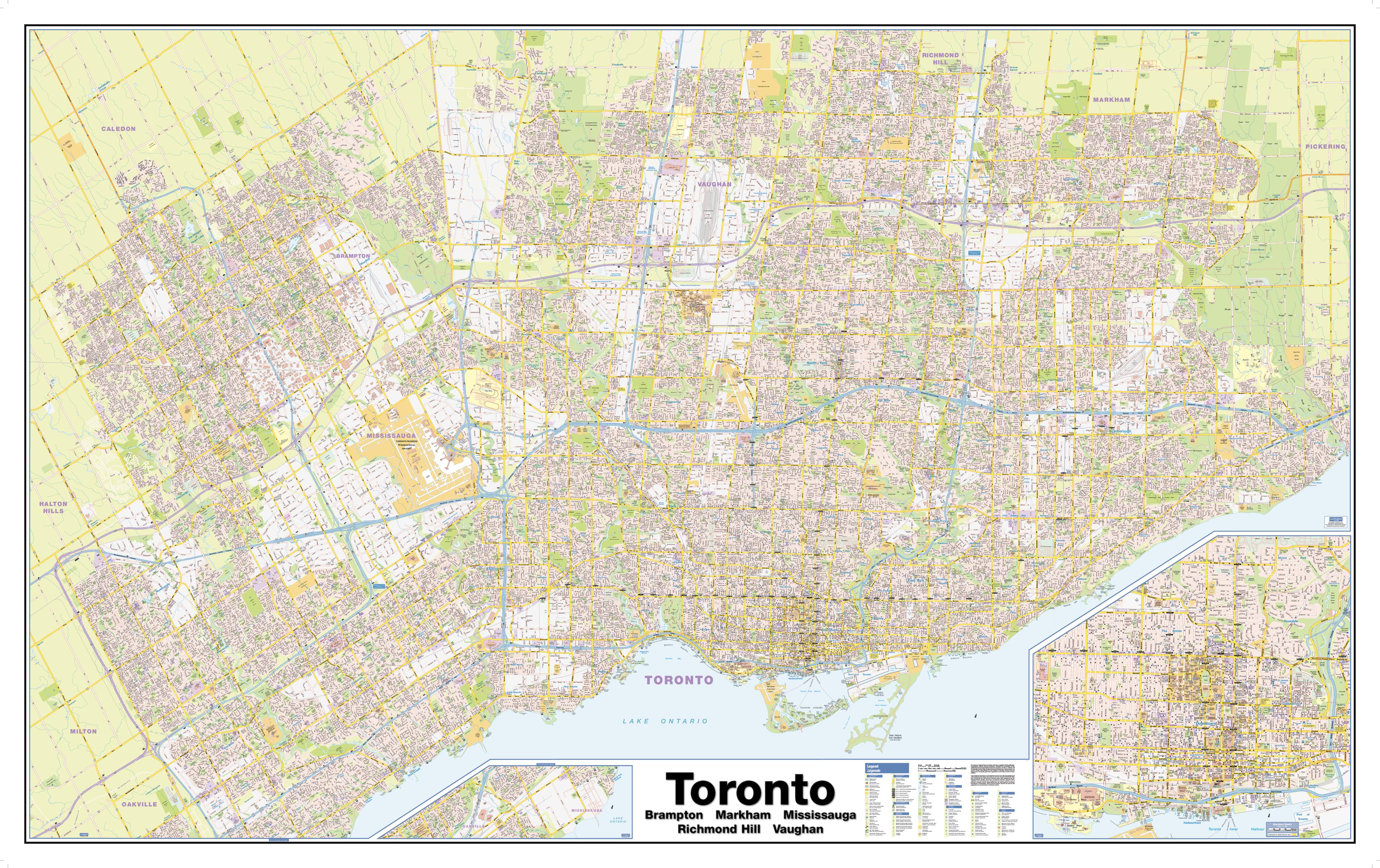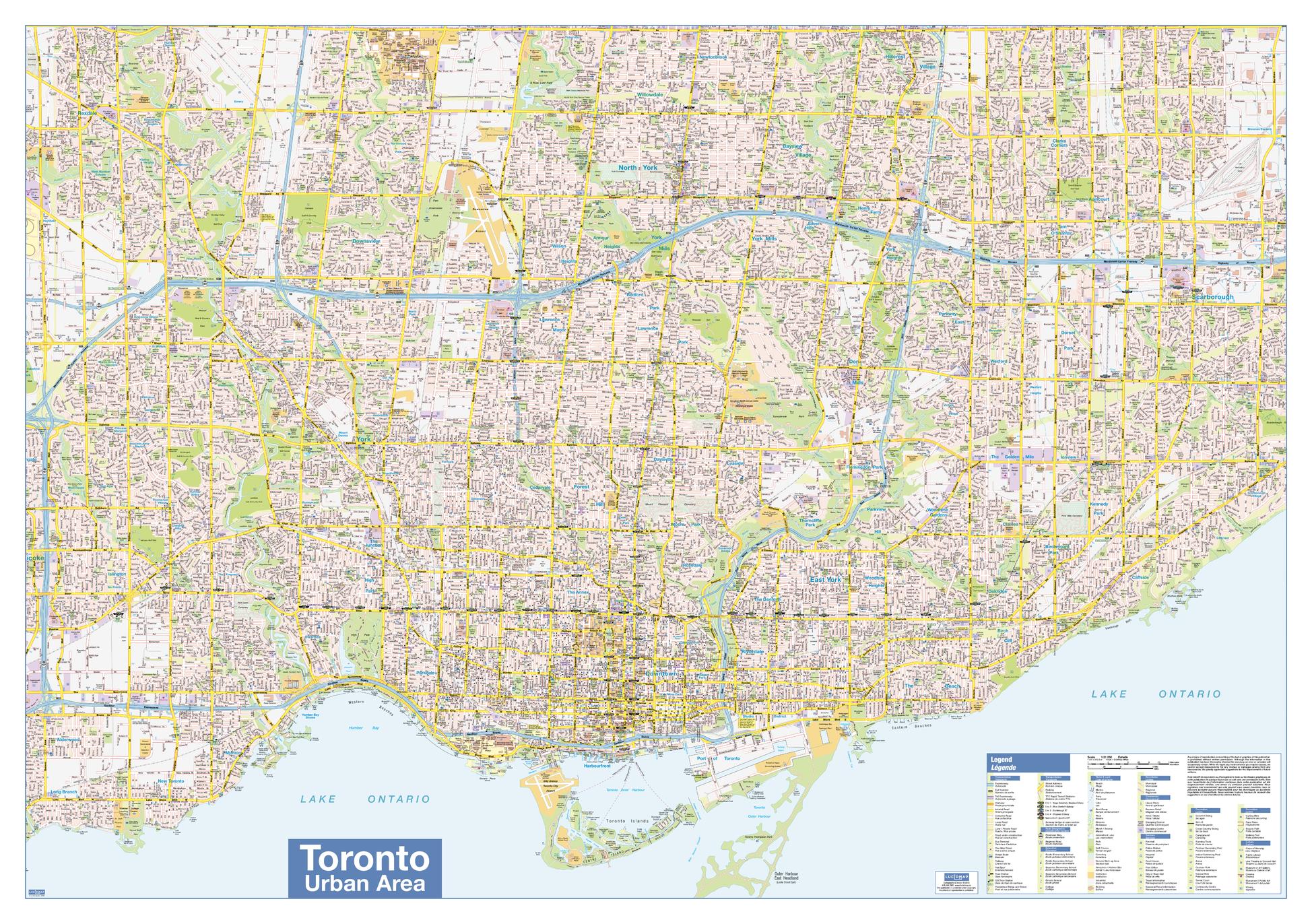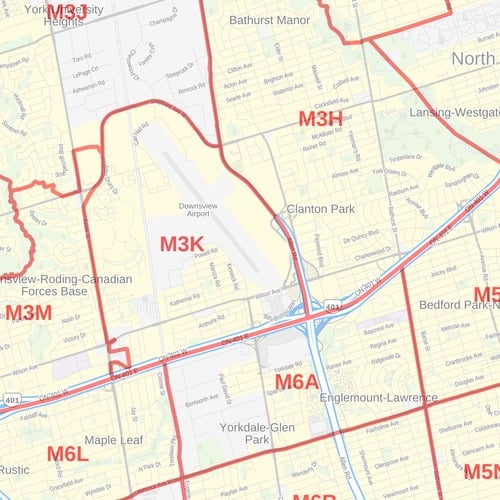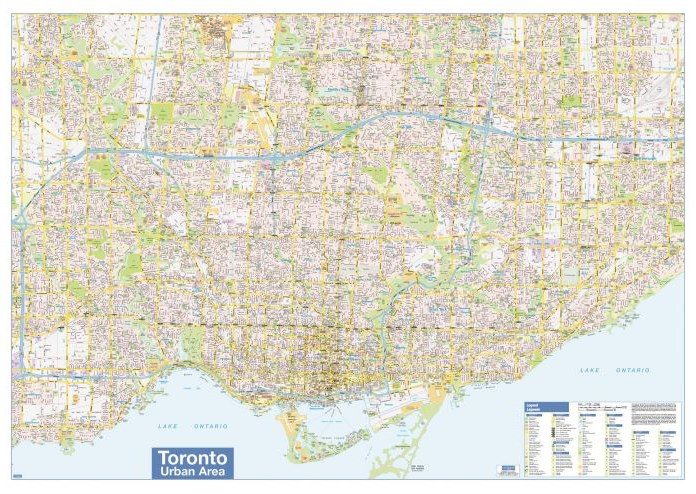Background
The city of Toronto, Ontario, Canada traces its history to several millennia ago. Archaeological studies and surveys have found artifacts of First Nations dating back several thousand years. Prior to 1000AD, the Wyandot people were likely the first group to live in the area, followed by the Iroquois.
The name ‘Toronto’ was anchored to the mouth of the Humber River, the end of the Toronto Carrying-Place Trail portage route from Georgian Bay; this is where the city of Toronto is located today. Besides, there are multiple explanations given for the source and meaning of the city, one of which is that the origin is the Seneca word Giyando, meaning ‘on the other side’ and another is that the term derived from the Mohawk word tkaronto meaning ‘where there are trees standing in the water.
Geography and Area
Covering an area of 630 square kilometers, the city spans over a maximum distance of 21 kilometers north-south and a maximum east-west distance of 43km. It has a 46-kilometer long waterfront shoreline, on the northwestern shore of Lake Ontario.
The Toronto Islands and Port Lands extend out into the lake, allowing for a somewhat sheltered Toronto Harbour south of the downtown core. The city forms its borders by Lake Ontario to the south, Etobicoke Creek and Highway 427 to the west, Steeles Avenue to the north and the Rouge River and the Toronto – Pickering Townline to the east.
View the land of this Canadian city through our Toronto maps below:


Climate
The Toronto city experiences a fairly hot summer humid continental climate bordering on a warm summer humid continental climate, with warm, humid summers and cold winters. The Canada city’s climate is modified by its location on the shores of Lake Ontario. The lake water ensures Toronto is warmer in winter and cooler in summer than it would otherwise be. The Great Lakes location is also the source of Toronto’s summer humidity.
Smog is very much prevalent in the summers. Also, the air quality can be classed as good, very good, moderate, poor or very poor. Winters are cold with frequent snow when temperatures are usually below 0℃. Spring and Autumn are transitional seasons with generally mild or cool temperatures with alternating dry and wet periods. The region experiences an even distribution of precipitation throughout the year but summer is usually the wettest season for the bulk falling during thunderstorms.
Economy
Toronto is the anchor of an agglomeration, known as the Golden Horseshoe, in Southern Ontario on the northwestern shore of Lake Ontario. The global city is a business center and has equal recognition for finance, arts, and culture, and is counted as the most multicultural and cosmopolitan cities in the world. It is in fact regarded as the financial capital of Canada for the high concentration of banks and brokerage firms on Bay Street, in the Financial District. The Toronto Stock Exchange is the world’s seventh-largest stock exchange by market capitalization.
People associate Toronto with the many skyscrapers and high-rise buildings that adorn the city. Besides being home to the Toronto Stock Exchange, the headquarters of Canada’s five largest banks, and the headquarters of many large Canadian and multinational corporations. Its economy is highly diversified with strengths in technology, design, financial services, life sciences, education, arts, fashion, business services, environmental innovation, food services, and tourism.
Though the majority of the region’s manufacturing activities take place outside the city limits, Toronto continues to be a wholesale and distribution point for the industrial sector. The Canadian city is also an important center for the media, publishing, telecommunication, information technology, and film production industries. It is home to Bell Media, Rogers Communications, and Torstar.
Tourism
There is a fresh international buzz about Toronto. The city is waking up to its own greatness day by day with the leading tourism destinations. The year 2017 saw an array of people visiting the land that was approximately around 43.7 million tourists. Attraction points like famous museums showcasing the natural history and world cultures are worth visiting other than zoos and aquarium. The Toronto Zoo is Canada’s premier zoo with over 5000 animals representing 500 different species. Furthermore, Ripley’s Aquarium of Canada located in downtown Toronto is Canada’s largest indoor aquarium that is easily accessible not only in the summers but also in the winters. The CN Tower is another important destination visited by tourists. The tower is Canada’s National Tower and is one of the attractions that are open 364 days a year.
Airports
Toronto Pearson International Airport is Canada’s busiest airport, straddling the city’s western boundary with the suburban city of Mississauga. The Billy Bishop Toronto City Airport situated on the Toronto Islands, southwest of downtown offers limited commercial and passenger service to nearby destinations in Canada and the USA. Toronto/Buttonville Municipal Airport in Markham provides general aviation facilities. Toronto/Downsview Airport, located near the city’s north end, is owned by de Havilland Canada and serves the Bombardier Aerospace aircraft factory.
Demographics
Toronto is the capital city of the province of Ontario; the fourth most populous municipality in North America and by far the largest city in Canada by population, with 2,731,571 residents, as deduced by Statistical Canada in 2016. The diverse population of Toronto reflects its current and historical role as an important destination for immigrants to Canada. Its inhabitants mainly comprise more than 50 percent of residents that belong to a visible minority group and over 200 belonging to the distinct ethnic origin.
Culture & Ethnicity
Toronto is probably Canada’s best-known city, largely because of the hullabaloo around the Toronto International Film Festival, the sky-high CN Tower, and the major sports franchises like the Blue Jays, the Toronto Maple Leafs, and the Raptors. It is a bustling, multicultural metropolis, with large swaths of distinct populations and ethnic neighborhoods that include Chinatown, Corso Italia, Little Italy, Little India, Greektown, Koreatown, Little Jamaica, Little Portugal and Roncesvalles, which celebrate the city’s multiculturalism.
Toronto is often regarded as the most ethnically diverse due to cultural immigration that brings distinct traditions, languages, and music. It is a city of many museums, theatres, festival events and sports activities. With prominent centers for music, theatre, motion picture production and television production, Toronto is also home to the headquarters of Canada’s major national broadcast networks and media outlets.
Varied cultural institutions including museums and galleries, festivals and public events, entertainment districts, national historic sites, and sports activities attract over 25 million tourists each year.
Religion and Language
The most commonly reported religion as per 2011 census was Christianity, adhering to 54% of the population, whereas 28.2% of the city’s population was Catholic, followed by Protestants (11.9%), Christian Orthodox (4.3%), and members of other Christian denominations (9.7%). Linguistically, English is predominantly spoken by the Torontonians. While Chinese and Italian are the second and third most widely spoken languages at work.
Buy Toronto maps for our collection below:


